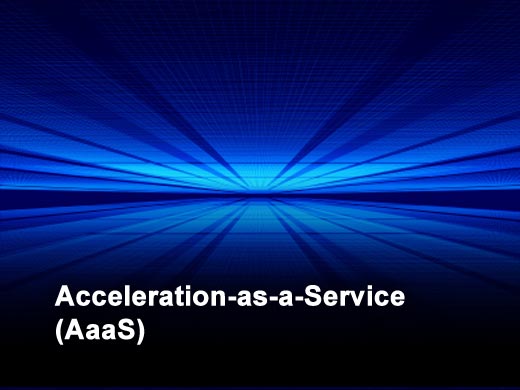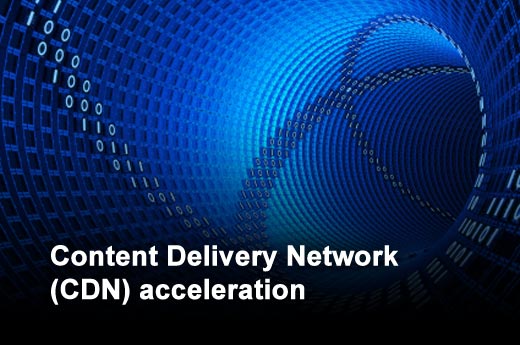While already an established market, WAN acceleration and application optimization technologies are taking center stage on enterprise IT investment checklists in 2011 and beyond.
The proliferation of business-critical applications and content that are reliant on optimal Internet performance – including cloud, SaaS, e-commerce and video streaming, among others – is driving this renewed demand. The performance of the network that these applications ride on directly impacts employee productivity, customer satisfaction and loyalty, brand reputation and even financial performance.
However, network performance is commonly degraded by many factors, including latency, packet loss and the fundamental limitations of core Internet communications protocols used today like Border Gateway Protocol (BGP) and Transmission Control Protocol (TCP).
Application acceleration technologies can dramatically improve the performance of emerging cloud, SaaS and other Internet-based content and applications. In this slideshow, IT infrastructure services provider Internap takes the mystery out of application acceleration, explaining emerging delivery models and how to decide which option is best for your organization.
Click through to learn more about application acceleration, from Internap, an IT infrastructure services provider.
Designed nearly 40 years ago, TCP can slow Web applications because of the inefficient way that it manages IP session initiation, packet loss, and transmission windows. These problems are being exacerbated as users become more global and expect seamless, high-performance access to applications anywhere, anytime.
Acceleration technologies address this by enabling TCP to transmit more data at a faster rate, allowing applications to load quicker and maintain accelerated performance.
As acceleration technologies gain increasing relevance in the age of the cloud, multiple delivery models are emerging. Each has pros and cons, depending on the needs of your specific organization.
Pros: Best for speeding content within “point-to-point” architectures. For example, those with users accessing applications at a centralized hub from known branch sites or those communicating over the Internet between fixed branch locations.
Cons: Requires CAPEX for hardware and software at regional data centers and client sites. Not ideal for mobile users or those accessing data from beyond branch sites, such as employees traveling nationally or globally or customers that need to access data from geographically remote locations.
Pros: Eliminates equipment costs since acceleration is provided as a service by an ISP. Can speed content delivery in the range of 1.5x to 4x, regardless of users’ geographic location. Well-suited for organizations who want to optimize content delivery for mobile, remote or frequently traveling users as well as customers spanning a wide range of locations.
Cons: AaaS solutions do not provide data compression as hardware solutions do in point-to-point architectures.
The future of acceleration technology, this approach will enable accelerated content delivery both to and from the end user. So, organizations can not only receive but also upload information much faster.
Although CDNs inherently speed content delivery, many providers are now looking to integrate acceleration technologies to further enhance the performance of streaming video and other content. This is especially critical as mobile content and video usage – typically prone to frame drops and buffering issues – continues to surge.
Using Internap’s Accelerated IP (XIP™) service, Jolokia Networks, a cloud platform provider, has gained a 50 percent performance increase for its North American users and an 80 percent increase for European users. Those in more remote areas, such as South Africa and South America, are seeing even greater increases of up to 140 percent.










